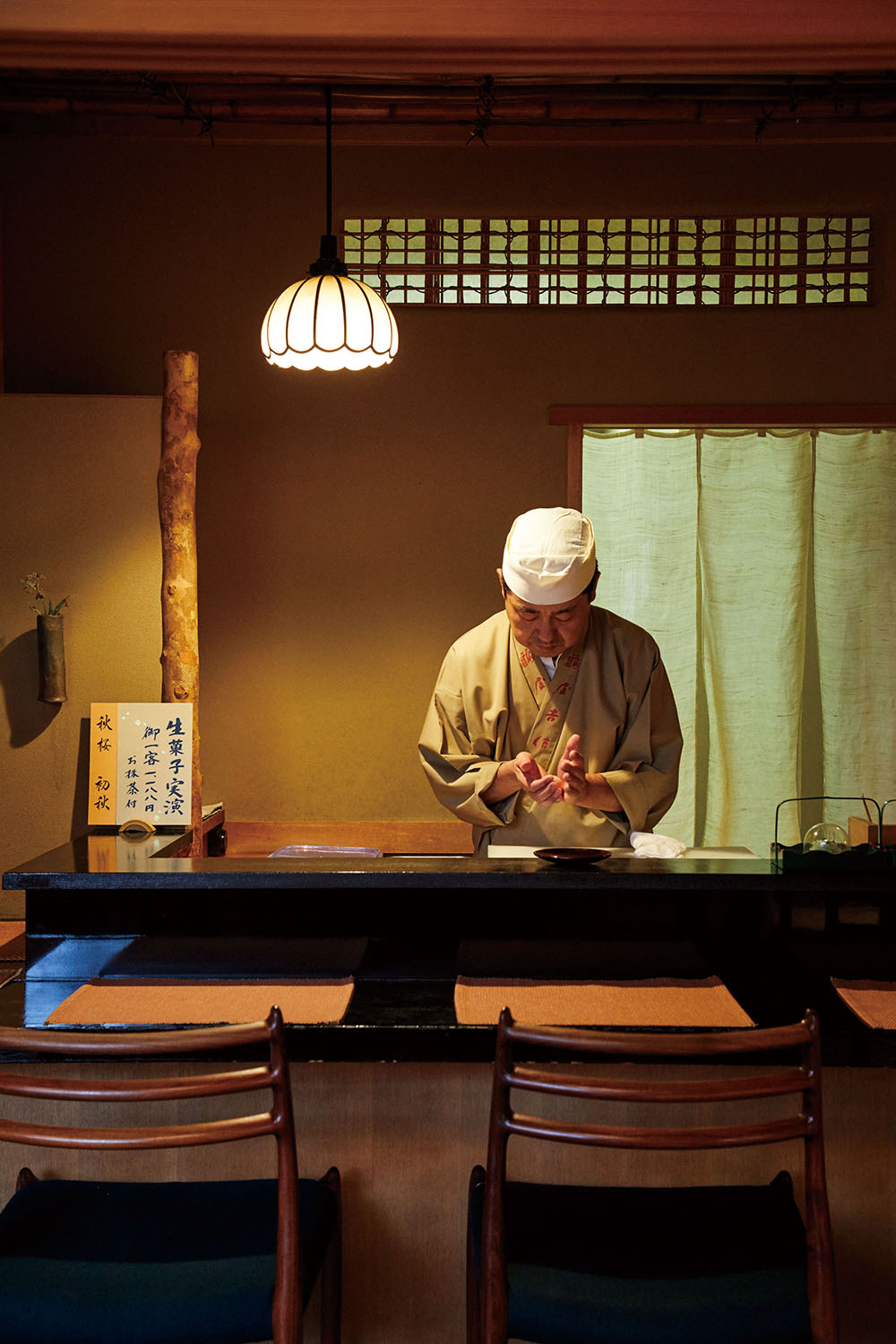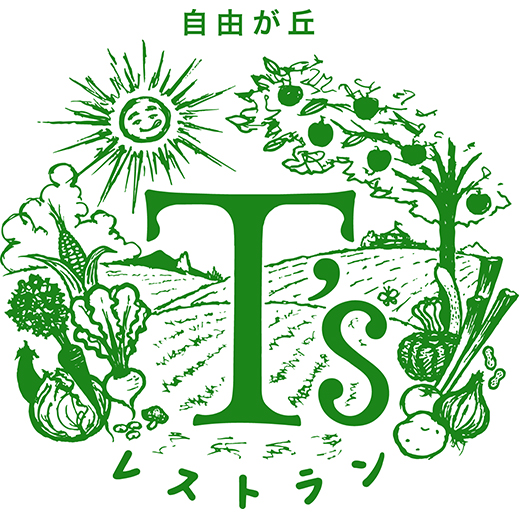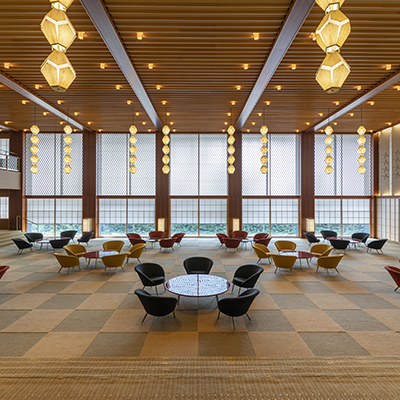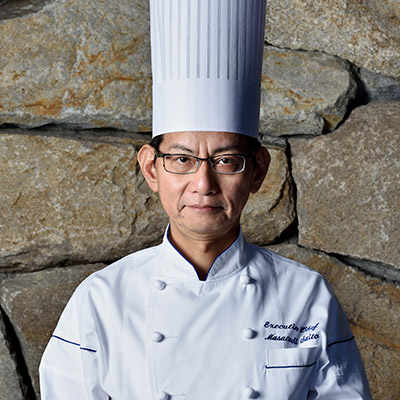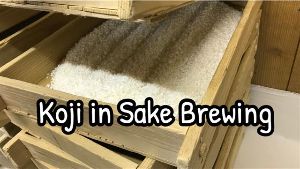October 7, 2025
Learning the “Present” and “Future” of Wagashi from Tsuruya Yoshinobu, a Brand with Over 200 Years of Tradition
Wagashi, Japan’s traditional confectionery, reflects the changing seasons and the sensibilities of each era. For over two centuries, Tsuruya Yoshinobu has been dedicated to the craft and sales of wagashi. We spoke with the company to explore how it has upheld tradition while evolving with the times.The Legacy of Wagashi — From Ancient Roots to Modern Delicacies
Originating from Chinese influences such as yokan, wagashi has evolved in Japan into a diverse array of forms, colors, and flavors. Its artistic appeal—expressed in intricate shapes and seasonal motifs—has led to recognition not just as food but as a form of art, often displayed at exhibitions. In contrast to Western sweets, which usually rely on butter and cream for richness, wagashi is primarily made from plant-based ingredients such as rice and beans. This results in a gentler sweetness and a more delicate texture. These qualities have made wagashi particularly appealing to health-conscious individuals and vegetarians.And, of course, one cannot forget the quintessential pairing of wagashi with matcha. The subtle bitterness of matcha complements the gentle sweetness of wagashi, enhancing its flavor and providing a deeply satisfying experience.
Popular Products Showcasing the Essence of Tsuruya Yoshinobu Wagashi
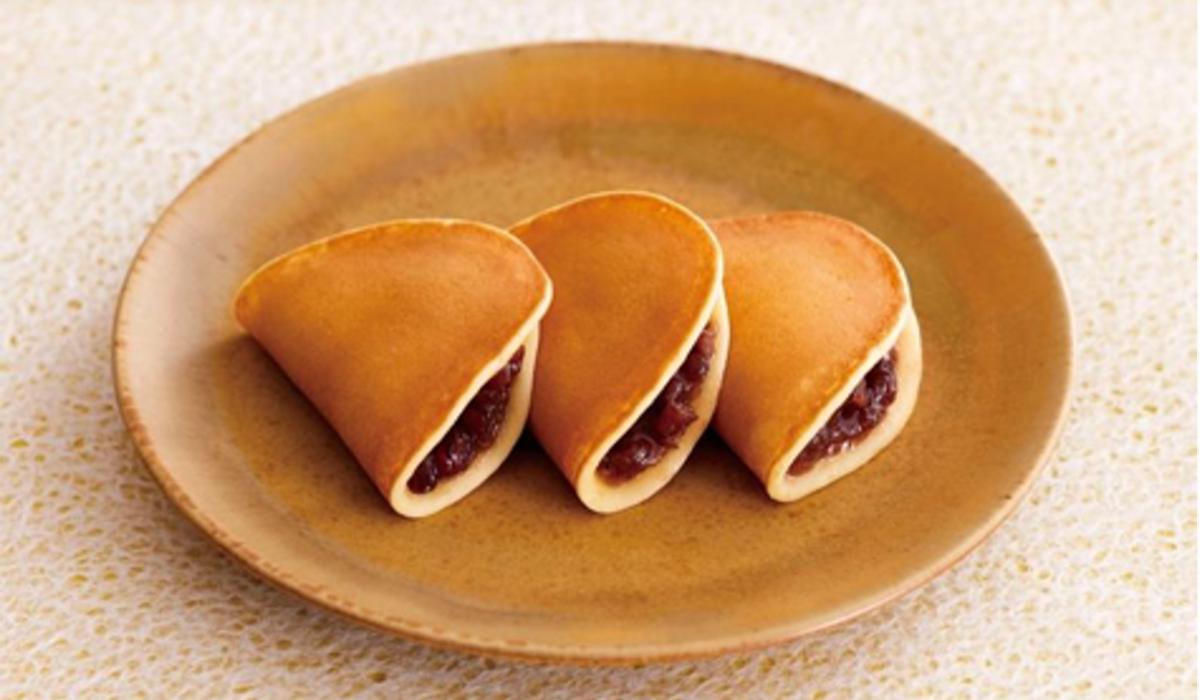
Tsubara Tsubara
The brand’s No. 1 bestseller is “Tsubara Tsubara”, a relatively recent addition created about 30 years ago, but now a beloved classic. It features a soft, chewy dough made from a blend of wheat and rice flours, enclosing tender yet textured azuki beans from Hokkaido. Its simple yet delightful texture is the key to its popularity.Highly sought after not only for personal enjoyment but also as a gift, it comes in convenient individual wrappings. In 2024, the packaging was redesigned to be more user-friendly and casual, appealing as an accessible yet elegant gift option. These thoughtful details have helped maintain its long-standing popularity. Next, we will introduce the second and third most popular products that embody the idea of “announcing and savoring the seasons.”
Hon Warabi
Capturing the essence of the seasons, Hon Warabi is a summer-to-autumn favorite. Its smooth, jelly-like texture is made possible by using starch extracted from the roots of the bracken fern, resulting in a softer, more slippery mouthfeel than yokan. It is so light and refreshing that even those feeling under the weather can enjoy it with ease.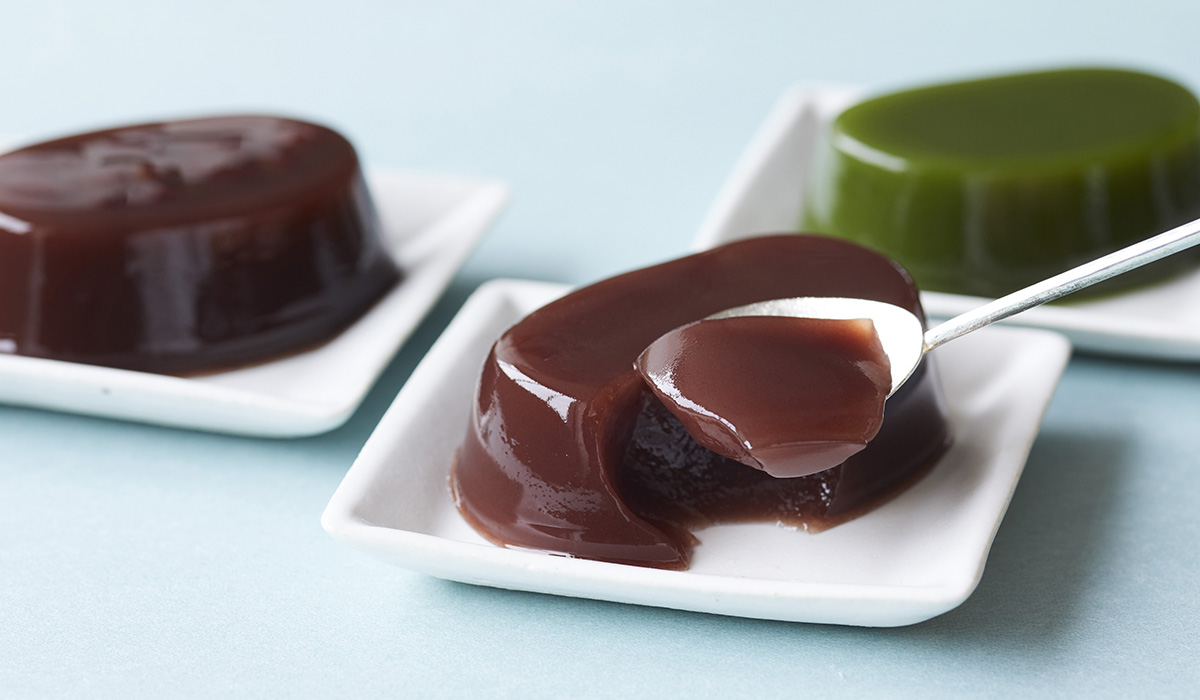
Hon Warabi
Kurimaro
Available only in autumn, Kurimaro is a luxurious treat that features a whole sweet chestnut preserved in syrup, wrapped in smooth bean paste and a soft dough made from yam. The combination of chestnut, bean paste, and dough is carefully designed to emphasize the nut’s natural flavor. This bold idea of enjoying an entire chestnut at once has made it a customer favorite.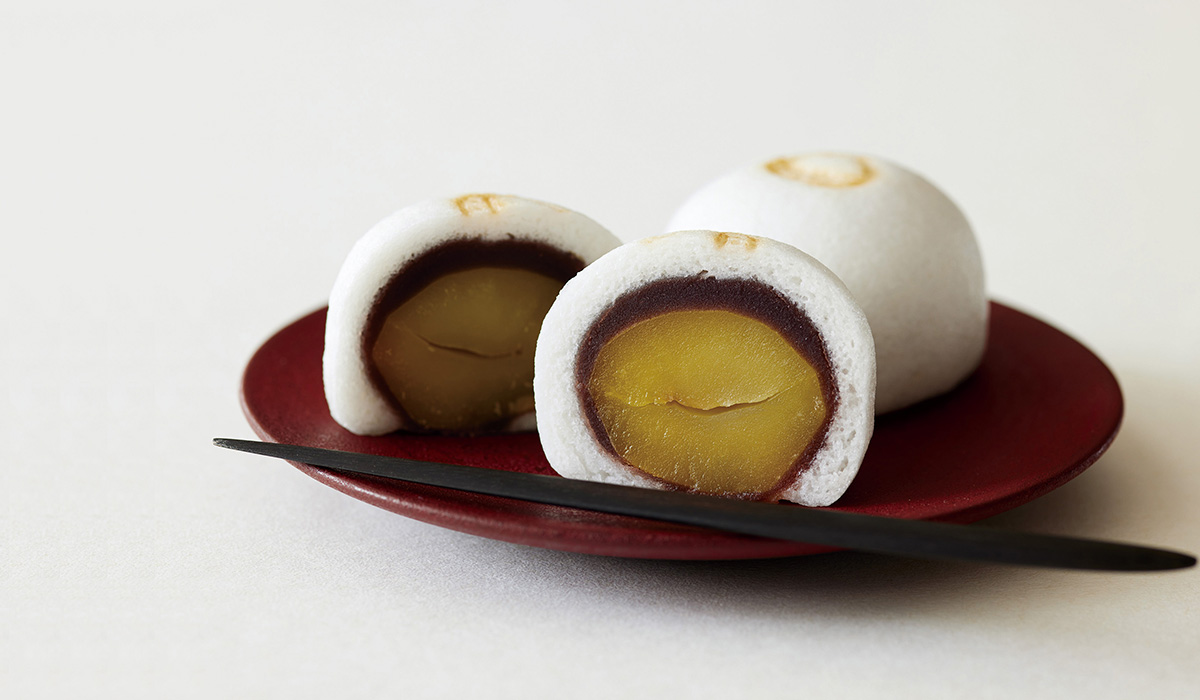
Kurimaro
All-Season and Seasonal Staples
In addition to Tsubara Tsubara, two other key products—Kyo-Kanze and Yumochi—anchor Tsuruya Yoshinobu’s year-round offerings.For the winter season, the brand’s long-loved classic “Fuku-wa-Uchi”, with over a century of history, remains a hit. Sold initially during the Setsubun festival, it resembles roasted soybeans and is presented in a traditional wooden masu box, adding a festive touch.
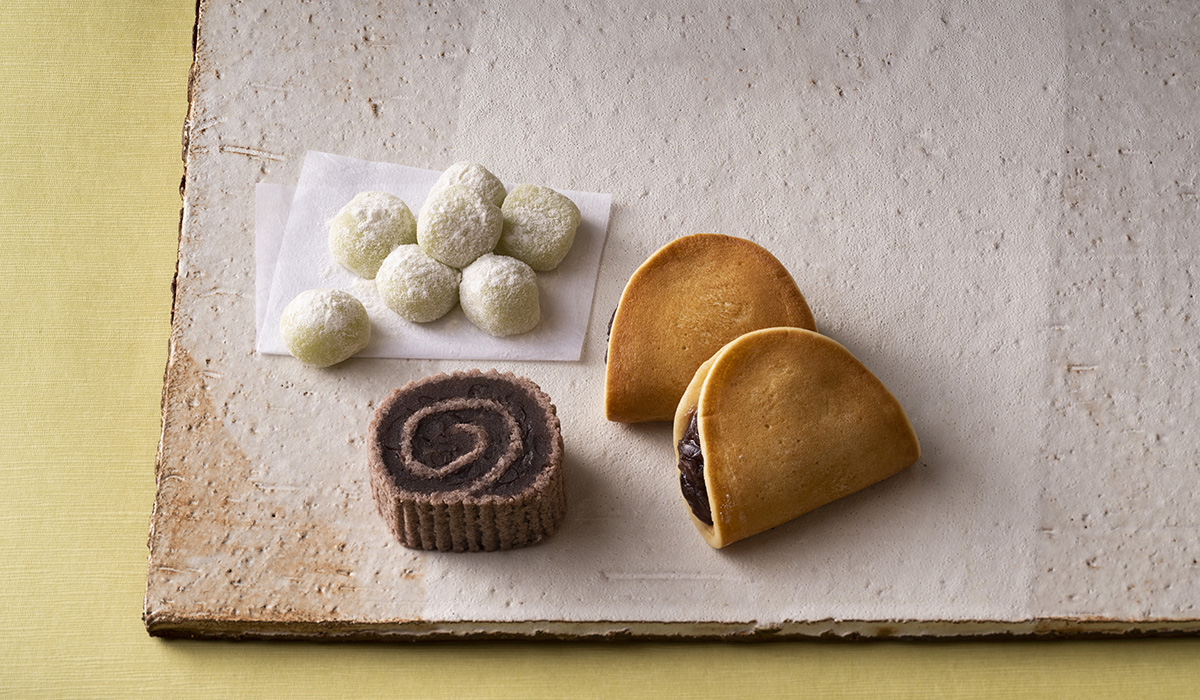
Top left – Yumochi, Bottom left – Kyokanze, Right – Tsubara Tsubara
Tradition Meets Innovation: Tsuruya Yoshinobu’s Ongoing Challenges
With a main customer base in their 50s to 70s, the brand faced the challenge of reaching younger generations and the increasing number of international visitors to Japan. To address this, the company has implemented English signage in stores and created staff guidelines to better serve inbound travelers.In 2019, Tsuruya Yoshinobu launched a playful collaboration with the popular video game character Kirby, drawing attention from younger audiences. The brand hopes that these new partnerships will encourage people in their 30s and 40s—who have more disposable income and appreciate high-quality gifts—to see Tsuruya Yoshinobu as their go-to wagashi brand for personal treats and meaningful presents.
While wagashi has sometimes been seen as “exclusive” or “high-end,” Tsuruya Yoshinobu considers this a strength. A premium image makes wagashi feel special when given as a gift and enhances the experience for those who enjoy it themselves. The company continues to find ways to keep this sense of prestige while making wagashi more accessible for younger customers.
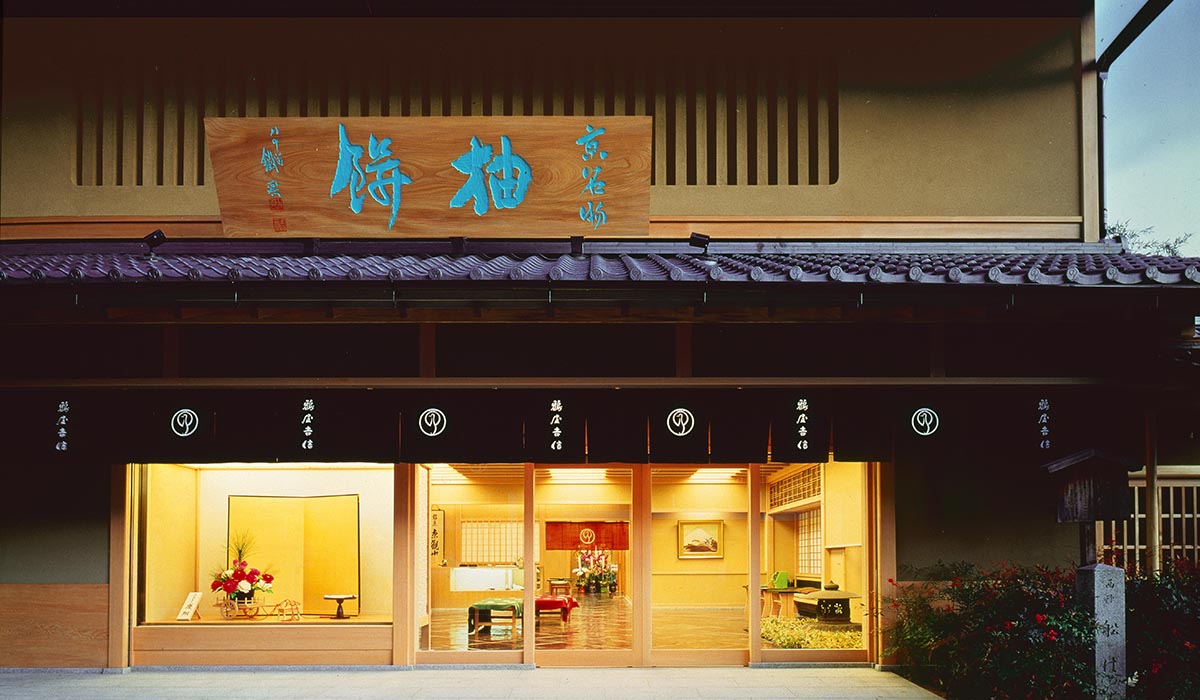
Bringing Wagashi Closer: Kayū Zyaya and Skills for the Future
To make wagashi more accessible, the late president of Tsuruya Yoshinobu established the “Kayū Zyaya” live demonstration counter, now featured at both the flagship store in Kyoto’s Nishijin district and the “TOKYO MISE” store in Nihonbashi.Customers can watch artisans craft seasonal sweets right before their eyes, interact with them, take photos or videos, and enjoy the vibrant experience. The space has become so iconic that it is often featured in TV programs, commercials, dramas, and even user-generated YouTube videos.
At a time when the number of professional wagashi artisans is declining, Tsuruya Yoshinobu has developed a unique training system that enables recruits to rotate through various specialties, including bean paste preparation, baking, nerikiri (sweet bean dough) artistry, and more. This helps artisans acquire a broader skill set, ensuring the company can continue producing diverse wagashi despite industry-wide labor shortages.
The company has also adopted digital communication, establishing social media accounts to share behind-the-scenes stories, organizing wagashi-related events, and developing products through industry–academia collaboration, as well as offering wagashi workshops to inspire future artisans.
